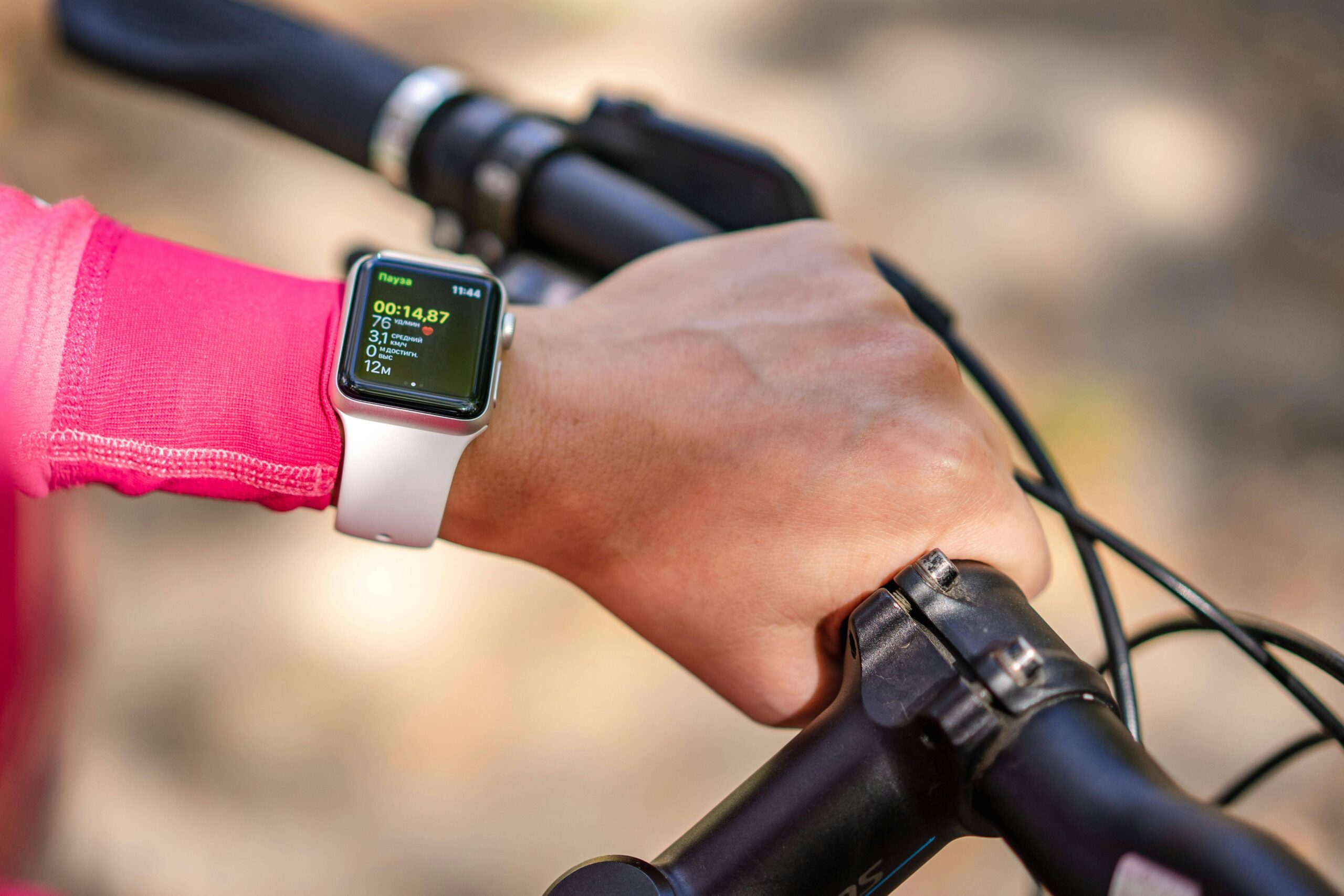Smartwatches are no longer just digital watches with flashy screens. Over the last few years, they’ve positioned themselves as health tools — promising to track everything from heart rate to sleep cycles. They sit on millions of wrists worldwide, quietly collecting health data as users go about their day.
But how much trust do these readings really deserve? Not every heart rate alert or sleep graph reflects real medical accuracy. The topic has sparked both praise and criticism. To dive deeper into how these devices actually perform in real-world scenarios, read more from user reports and comparative health reviews.
Activity Tracking: Generally Solid
Most smartwatches today can count your steps, track your walking distance, and even recognize if you’ve climbed a few flights of stairs. The sensors involved — mostly accelerometers and gyroscopes — have improved over the years. When a person is walking or running, the data tends to be consistent.
That said, no device is perfect. Carrying a shopping bag in one hand or pushing a stroller may limit how the watch detects movement. You might get credit for steps while brushing your teeth. But even with those occasional errors, the daily averages give a fairly accurate snapshot of physical activity.
Heart Rate Monitoring: Strong but Not Clinical
When it comes to heart rate, most watches rely on light-based sensors to detect blood flow under the skin. This optical method works reasonably well during rest and low activity. People with regular workout routines often find their smartwatches track heart rate zones that match how they feel physically.
However, during intense training or high-motion activities, the readings can become a bit less reliable. Chest straps, often used by athletes, are still the standard for high-accuracy tracking. For casual users though, smartwatches are close enough to monitor general fitness and stress patterns.
Sleep Data: Trends Over Details
Sleep tracking has become a popular feature. Watches monitor movement and heart rate during the night to guess when you fall asleep, wake up, or shift between light and deep stages. The interface usually shows colorful graphs and estimated scores by morning.
But here’s the thing: it’s an estimate. Watches don’t track brain waves, and they can’t always tell the difference between lying still awake and actually being asleep. Still, many people report that the data helps them recognize poor sleep habits and improve routines over time — even if the specifics aren’t perfect.
Oxygen, Stress, and Other Metrics
Oxygen saturation (SpO2) sensors are becoming more common, offering users insights into how well their body circulates oxygen. These readings are useful during rest, especially while sleeping. But movement or a loose strap can skew results. For medical use, finger-clip devices remain more accurate.
Stress detection usually relies on changes in heart rate variability. Some watches combine this with breathing rate or skin temperature. While the science is still developing, these features encourage mindfulness by suggesting breathing exercises or short breaks — not bad tools when used casually.
Nudging Better Habits
One area where smartwatches excel is habit building. Gentle reminders to move, drink water, stand up, or sleep on time help reinforce healthy behavior. Over weeks or months, these prompts can shift a person’s routine in a good direction. It’s less about raw data and more about awareness.Users often describe how a watch encouraged them to walk a little more, sleep more regularly, or notice patterns they’d ignored. These nudges are small, but over time, they influence lifestyle in surprisingly effective ways.
When to Be Cautious
It’s important to remember that these devices are not medical equipment. They’re helpful, but not diagnostic. A high heart rate alert might be triggered by exercise, caffeine, or anxiety — not necessarily illness. Likewise, poor sleep scores might reflect tossing and turning, not a disorder.
That’s why doctors advise using smartwatch data as an extra layer of awareness, not a substitute for checkups or professional guidance. If something seems off, the right step is to talk to a medical provider, not rely on the watch alone.
Conclusion: Helpful, Not Perfect
Smartwatches aren’t flawless, and they don’t try to be. But they’ve evolved into something genuinely helpful for millions of users. They provide just enough insight to support healthier choices, encourage daily movement, and shine a light on personal routines.
Their greatest value may not be in pinpoint precision, but in helping people pay more attention — to themselves, their habits, and the signals their bodies send. And in that sense, they’re already doing their job well.

Leave a Reply